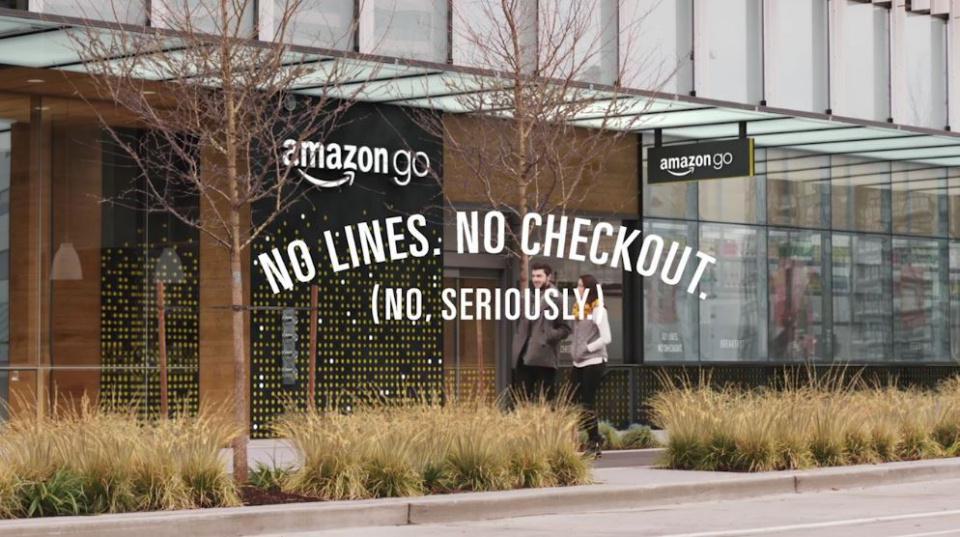Changes are happening in the world of commerce and those changes are big and they’re happening fast. What’s more, the changes – especially in the retail and sales sector – are being driven by consumers. Welcome to the Age of the Customer.
Businesses that step up and offer the sort of satisfying customer experience (CX) that people now expect as the norm, will swim; those that don’t will find themselves lagging behind at best or sinking at worst.
Yes, customer engagement in 2017 and beyond really is that important.
What the research is telling us about the way ahead
US organisation Forrester is one of the most influential research and advisory firms in the world, working with business and technology leaders to develop customer-led strategies that drive growth. Its insights are grounded in annual surveys of more than half a million consumers and business leaders worldwide. Its top line is: “Technology-empowered, digitally savvy customers are changing the world, the economy, and business. How you respond determines whether you win in the age of the customer.”
Forrester published a list of predictions for 2017 which states in stark terms why customer engagement is linked to success – or failure. The 24-page report includes this:
“Empowered customers are on the move: 40% of consumers have a high willingness and ability to shift spend, with an additional 25% building that mind-set. Today’s customers reward or punish companies based on a single experience — a single moment in time. This behaviour was once a Millennial trademark, but it’s now in play for older generations. It has become normal. And it can turn a P&L into a leaky bucket. One poor experience can trigger an immediate — and possibly prolonged — shift in spend to a competitor, forcing companies to increase revenue per customer or grow the customer base to remain flat.”
So the message is clear: If customers have a bad experience, they’ll go elsewhere with their cash.
What sort of big changes are we talking about?
There are undoubtedly challenges ahead, particularly in business-to-consumer environments such as retail and sales – and it looks like Amazon’s arrival on the high street with a checkout-free grocery store is about to shake things up even more.
Amazon opened its first Amazon Go grocery store near its HQ in Seattle in December 2016. The Just Walk Out store uses technology and an app so that customers can pick up what they want to buy and leave the store without having to queue to pay at a till. Afterwards, their Amazon account is charged and a receipt sent.

The concept is entirely customer-led, as explained by Planet Retail analyst Natalie Berg in a BBC news report: “Grocery retail is a crowded sector, and customers have incredibly high expectations of the Amazon brand. If they're going to differentiate, they'll need to translate the fantastic customer experience that they have created online in a physical store setting. This is no easy feat. Removing the traditional checkout process does exactly that.”
Amazon clearly feels there is a future for bricks and mortar stores. And it would be wrong to assume we’re heading for employee-free stores. Rather, there is likely to be an increased need for customer engagement. It’s just that it’ll be happening with knowledgeable employees at strategic areas within the stores, not at the checkout.
In China, e-commerce company Alibaba is seeking to increase its involvement in offline retail by bidding to become the controlling shareholder at department store and mall operators, Intime Retail. Alibaba sees the online and offline sectors as mutually beneficial, not mutually exclusive, introducing emerging technologies and data to the stores and malls and revolutionising the customer experience. Again, this will require employees learning a new range of skills.
Alibaba Group CEO Daniel Zhang explained the thinking: “We don’t divide the world into real or virtual economies, only the old and the new. Those who cling on to the old ways of retailing will be disrupted, and brick-and-mortar businesses will be able to create value for consumers if they are integrated with the power of mobile reach, real-time consumer insights, and technology capability to improve operating efficiency.”
Here’s how to swim …
Whatever industry you’re in, you’ll need to keep pace with the types of customer-led changes outlined in the examples of Amazon and Alibaba. And that means upskilling your front line employees whose learning requirements are about to change dramatically. Knowledge has never been so important when it comes to securing and retaining customers.
Thanks to mobile devices and computers, people are used to accessing answers and solutions immediately; they expect the same from your business if they’re considering investing in your products. Companies must meet increased customer expectations by providing their front line staff and sales teams with the knowledge they need. Having great products isn’t enough to keep today’s knowledgeable customers happy. They want to enjoy their retail experience. Give them a great experience and they’re much more likely to stay loyal.
But how can this upskilling be delivered?
Getting the relevant knowledge to employees is key. The learning has to be in their heads and to hand, available where and when they need it so they can deliver a satisfactory customer experience.
